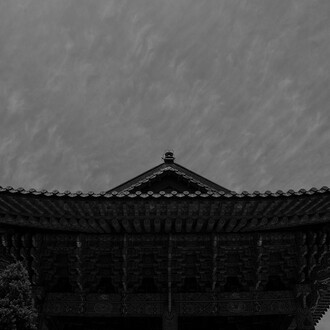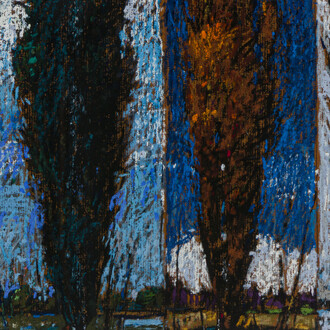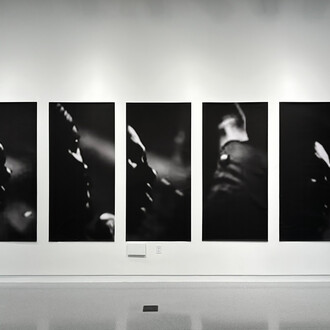The Front Room is proud to present “Studio Mates” curated by Patricia Fabricant and featuring works by: Thomas Broadbent, Janice Caswell, Patricia Fabricant, Alex Gingrow, Jessie Henson, Amy Hill, Christopher Lowry Johnson, Mark Masyga, Kelly Parr, and Wendy Small.
“Studio Mates” seeks to explore the ways in which two New York City artists in a shared creative space, influence each other. In the red-hot New York City real estate market, studio rents have become untenable for many artists. Shared studio space has become a necessity for artists wishing to maintain a studio practice. “Studio Mates” examines the positive effects of this scenario: ongoing conversations ranging from the minutia of discussions about materials and techniques, to larger questions concerning content, context and direction. These relationships have their own intimacy, nurtured by the creative dialogue and daily proximity to each other’s process. The “couples” in this show have shared studio space for a long time and maintain friendships outside the studio. The pairs of works were selected to highlight these points of connection and showcase the cross-pollination of ideas created by the studio-mate relationship.
Amy Hill and Patricia Fabricant are painters whose work uses the figure as commentary on politics, society and culture. Amy Hill’s oil paintings contain intense investigations into art historical references. Through portraiture, she draws out the commonalities that connect us across time. Very much akin to the directive of the historical portraits she is referencing, Hill’s paintings reveal much about ordinary people: how they lived, what they valued, and how they wished to be remembered. Patricia Fabricant’s woven self-portraits allow her to look inward and investigate her various emotional responses to the turmoil of the contemporary American political climate.
Both Mark Masyga’s and Christopher Lowry Johnson’s paintings respond to a sense of place, more specifically industrial or forgotten landscapes. Masyga’s densely tangled abstractions are loosely inspired by his photographs of the crumpled wreckage in the auto-body shops surrounding his Queens studio. Johnson has spent years painting the desolate highways and byways leading in and out of the suburban sprawl in which he grew up and where he still regularly travels to visit family.
While their materials and methods are quite different, Janice Caswell and Wendy Small each explore juxtaposition and collage in their work. Caswell’s constructions combine her mental library of images, structures and objects she encounters throughout New York and elsewhere with her collection of materials—including cardboard, paint, photographs, and drawings—in an intuitive, improvisational process. Small’s “Remedy” photograms are made by collecting leaves, weeds, or flowers from a specific place (indicated in the title) and placing those leaves directly onto photo paper and exposing the paper to light—a contemporary use of a very early photographic technique.
Alex Gingrow and Jessie Henson both work with contrasts: loose and tight, soft and rigid, ephemeral and permanent, personal and political, work and play. Gingrow’s monochromatic, deeply personal text drawings have recently acquired a layer of biographical gesture, through closely observed contour drawing and vibrant color. Henson’s embroidered drawings employ the threads of “women’s work”, to create lyrical, subtle drawings which negotiate the fragility and mystery of the world.
Thomas Broadbent has been exploring imagery related to space and the space program in his watercolors for several years. His latest paintings focus on galaxies and seamlessly combine both observed and invented elements. Kelly Parr’s most recent photographs draw their imagery from books about the jury-rigged “hippie houses” in the Woodstock area where she is building a house. She adds an alchemical dotted element that bears an accidentally striking resemblance to Broadbent’s adjacent starscapes. Both artists are fluidly intermixing the real and the imagined in ways that force the viewer to re-examine the familiar and elevate it towards an ideal.
















